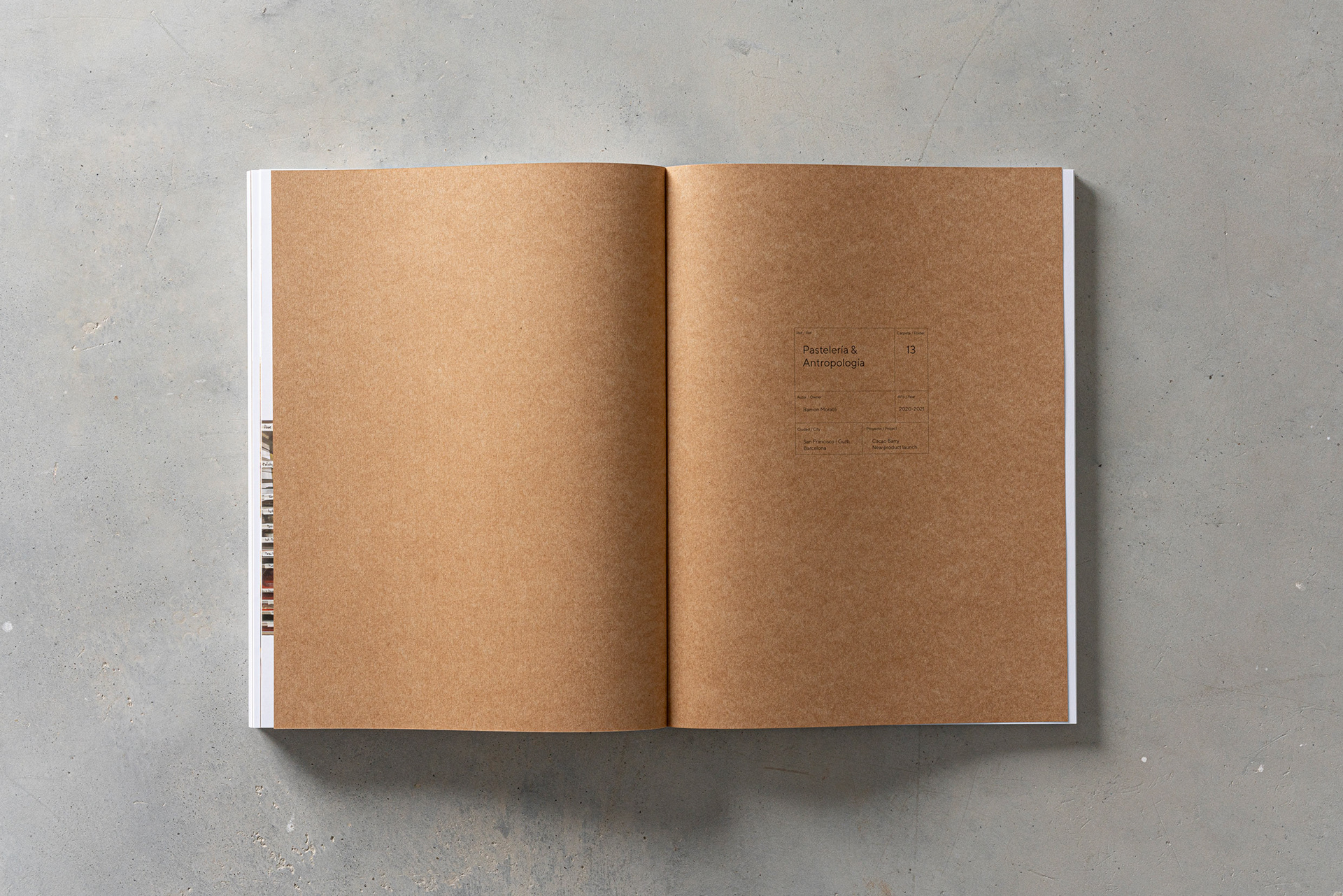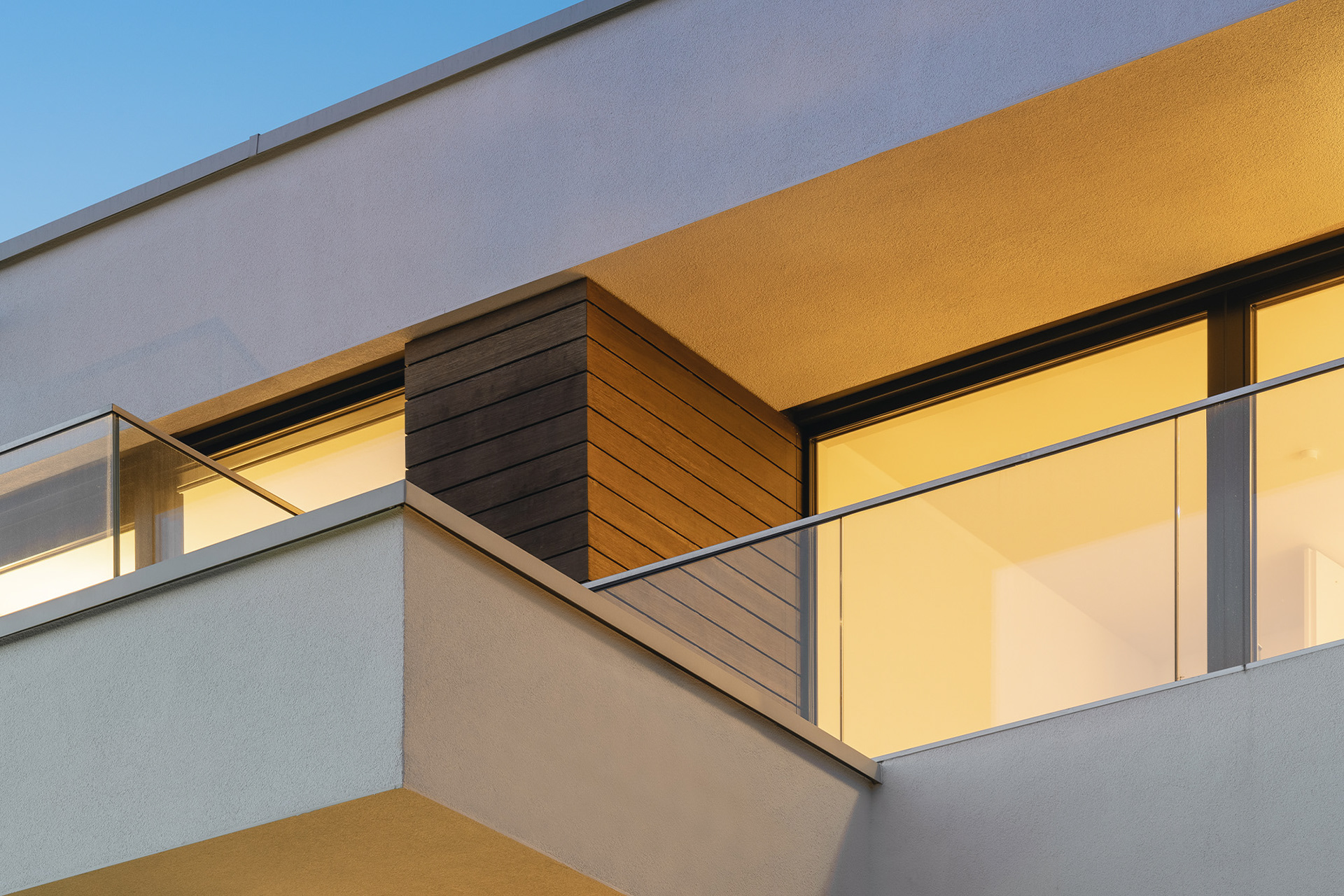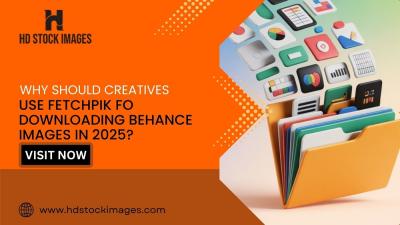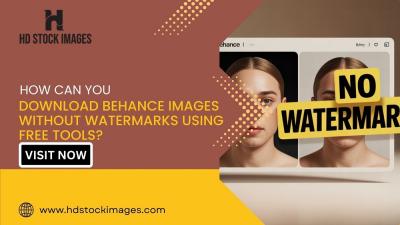Welcome to the world of Behance! If you're an artist, designer, or creative professional, you might already know how essential it is to showcase your work effectively. But have you ever wondered how to make sure your files are easily accessible to viewers on Behance? In this blog post, we’ll explore the ins and outs of making files open on
Understanding Behance File Sharing

Behance is more than just a portfolio platform; it's a community where creatives converge to share and discover inspiring works. To harness its full potential, understanding how file sharing works is key. Here’s what you need to know:
1. File Types Supported: Behance supports a wide range of file types. Common formats include:
- Images (JPEG, PNG, GIF)
- Videos (MP4, MOV)
- PDFs (for detailed project showcases)
- Audio files (to accompany your multimedia projects)
2. Privacy Settings: When uploading files, you have options regarding who can view them:
- Public: Visible to everyone
- Private: Only accessible to users you invite
3. File Embedding: Once your project is up, you can easily embed your Behance files on various platforms. This not only increases visibility but also allows for wider sharing. Just copy the embed code and paste it where you want!
4. Collaboration Features: Behance also allows for collaboration. By sharing files with specific users, you can get feedback or work jointly on projects, making it a powerful tool for teams.
By understanding these key aspects of Behance file sharing, you can make informed decisions on how to present your work, ensuring it reaches the right audience in the right way.
Also Read This: How Long Are YouTube Shorts in 2024
3. Steps to Enable File Access on Behance

If you want to share your work on Behance and allow viewers to access your files, enabling file access is a straightforward process. Just follow these simple steps:
- Log into Behance: Start by logging into your Behance account. If you don't have one yet, you'll need to create an account. It’s free and easy!
- Navigate to your Project: Go to your profile and find the project you want to share. Click on it to open the project page.
- Edit the Project: Look for the "Edit Project" button, usually found near the top right corner of the project display. Click it to enter the editing mode.
- Upload Your Files: If you haven't uploaded the files yet, you can do this while in editing mode. Locate the upload section, click the “Upload” button, and select the files you want to make accessible.
- Enable File Access: Look for the option that allows you to set permissions for the files. You may find a checkbox or toggle switch labeled “Allow viewers to download files” or similar wording. Make sure to check or toggle this option on.
- Save Changes: After you’ve enabled access, always remember to hit the "Save" button. This ensures your settings are applied!
And voilà! Your files are now accessible to your viewers. They can download or view them directly through your Behance project. Keep an eye out for any feedback so you can continue to improve your sharing process!
Also Read This: Adding Image Textures in Blender for Realistic Designs
4. Common Issues and Troubleshooting
Even though enabling file access on Behance is relatively easy, you might encounter a few hiccups along the way. Don’t worry, here are some common issues and how to solve them:
| Issue | Solution |
|---|---|
| Files Won't Upload | Check your internet connection and ensure files are in accepted formats (like PDF, PNG). If an issue persists, try refreshing the page. |
| File Access Option Missing | Ensure you're in edit mode. If the option still doesn't show, it may be a temporary glitch—try logging out and back in. |
| Viewers Can't Download Files | Double-check that the "Allow viewers to download files" option is enabled. If it is, ensure the project is public and not set as 'hidden.' |
| File Size Limits | Be aware of any file size limits imposed by Behance. Try to compress your files if they are too large and re-upload. |
By addressing these common issues, you can ensure a smooth experience for your viewers, helping them access and appreciate your creative work on Behance!
Also Read This: Simple Steps to Mirror an Image on Epson Printers
5. Best Practices for Sharing Files on Behance
When it comes to showcasing your work on Behance, how you share your files can make a significant difference in how they're perceived. Here are some best practices to keep in mind:
- Optimize File Size: Before uploading, try to compress your files without losing quality. Excessively large files may deter viewers from accessing your work.
- Use High-Quality Images: Ensure your visuals are high-resolution. They should showcase your work at its best and reflect the effort you put into the project.
- Organize Content Logically: Present your files in a coherent manner. Group related pieces together and provide context where necessary. This way, viewers can easily understand your creative journey.
- Provide Clear Descriptions: Accompany your files with engaging descriptions. Explain your process, the motivation behind the project, and any interesting challenges you faced. This not only adds depth but also enhances viewer engagement.
- Use Tags Effectively: Tags help categorize your content and improve its discoverability. Use relevant keywords that viewers might search for, making it easier for them to find your work.
By following these best practices, you not only enhance viewer experience but also increase the likelihood of receiving positive feedback and connecting with fellow creatives on Behance.
6. Conclusion
In summary, sharing your files on Behance is about more than just clicking "upload." It’s an art in itself! By optimizing your file sizes, using high-quality images, and organizing your content thoughtfully, you're setting the stage for your work to shine. Remember to provide engaging descriptions and utilize effective tagging to reach the right audience.
Ultimately, how you present your work can influence how your creativity is perceived. So take the time to follow these best practices because, at the end of the day, you want your audience to engage with your projects as much as you enjoyed creating them. Happy sharing!
 admin
admin








